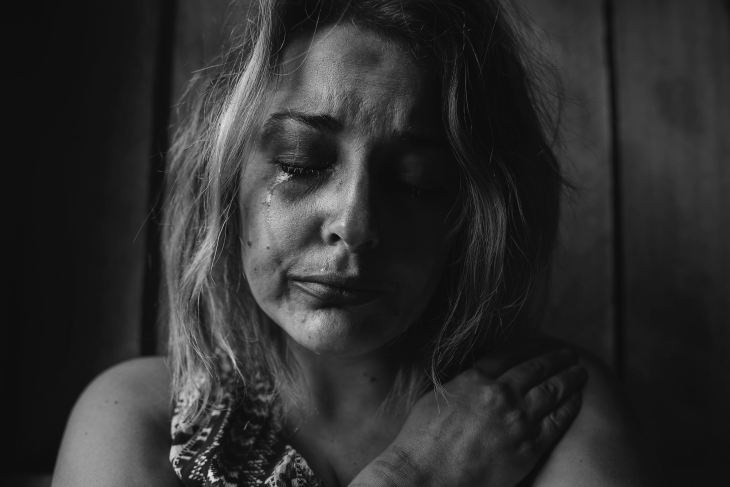
grayscale photo of woman crying holding her right chest Photo by Kat J on Unsplash
For nearly two decades, private practice therapist Dr. Jorge Galindo has counseled individuals and families involved in inpatient, outpatient, and court-mandated programs. Jorge Galindo has extensive experience treating individuals with bipolar disorder in a psychiatric care setting.
Bipolar disorder is a mood disorder characterized by intertwining periods of deep depressive and elevated manic states. The condition is divided into two main types, type I and type II. Type I bipolar is defined by at least one full manic episode. During a manic episode, a person with bipolar I may experience symptoms such as restlessness, intense euphoria, and poor or risky behaviors. These such symptoms may be so severe that hospitalization may become necessary.
People with type I may or may not experience depressive symptoms. However, individuals with type II experience depressive symptoms that persist for two weeks or longer and at least one hypomanic episode, which is generally not as severe as a full manic episode.
Since the symptoms of hypomania are less pronounced than full mania, people with bipolar II are more likely to seek treatment for their depression. Both types require a professional diagnosis and can be treated with a combination of talk therapy and medication.
